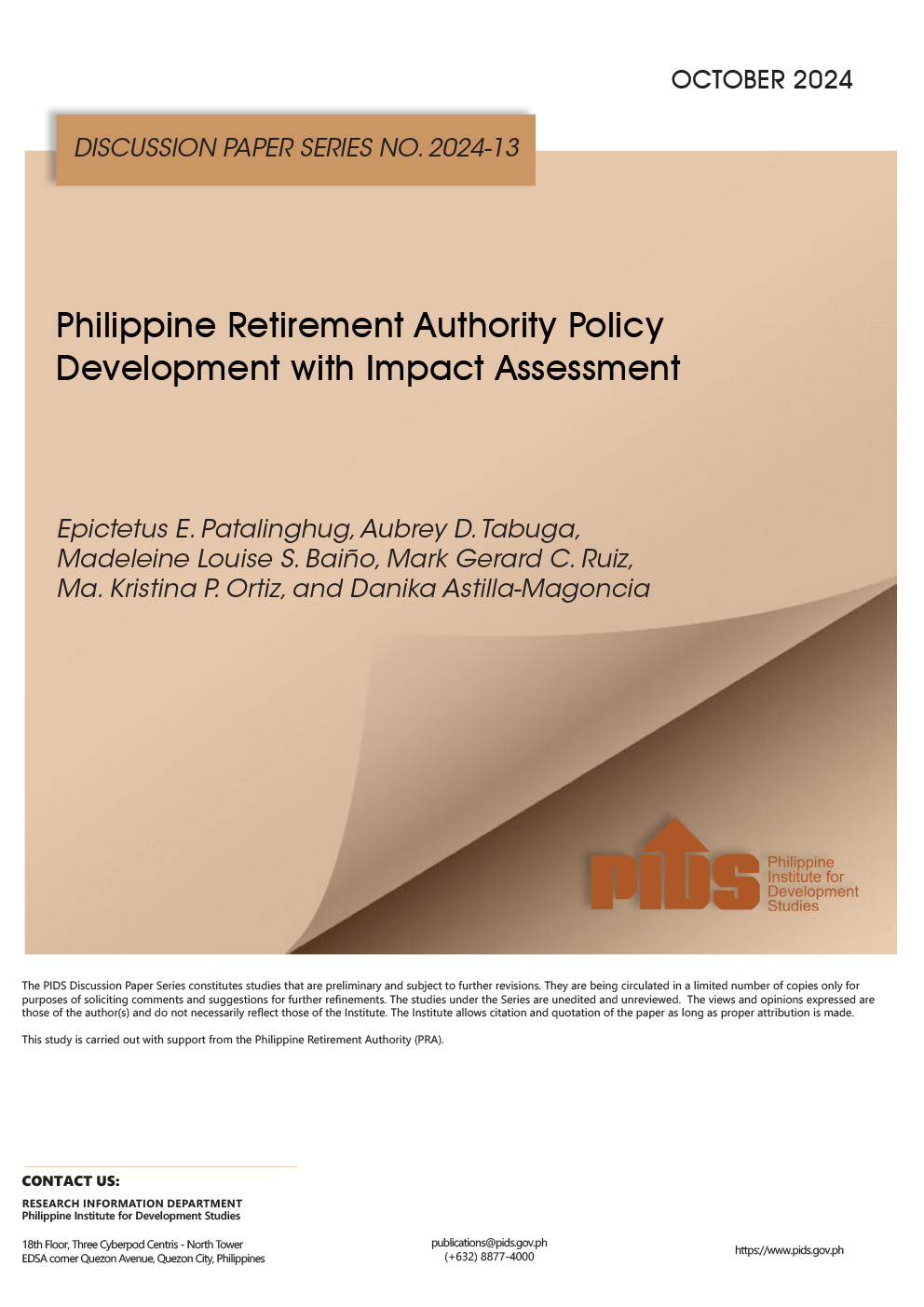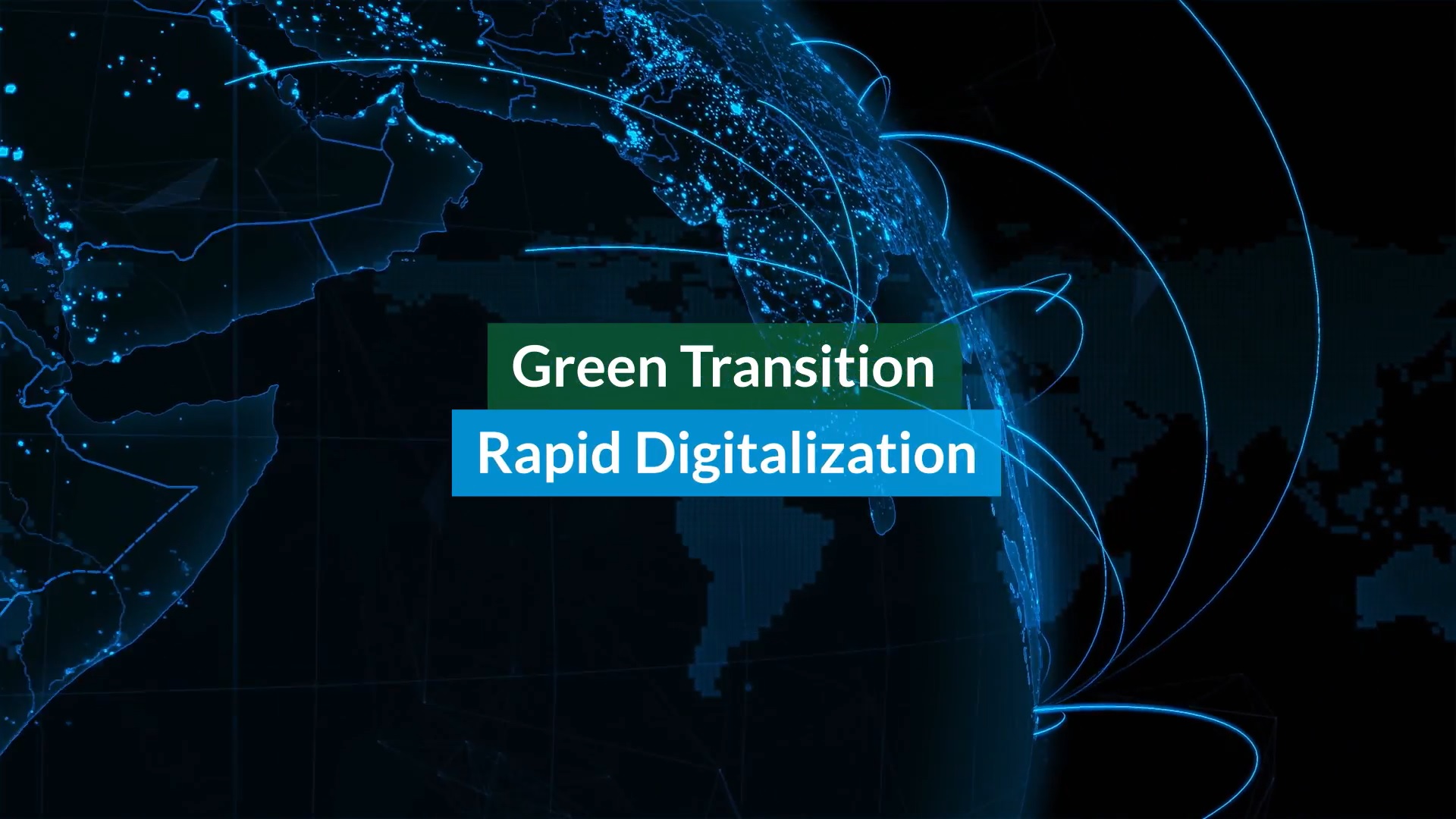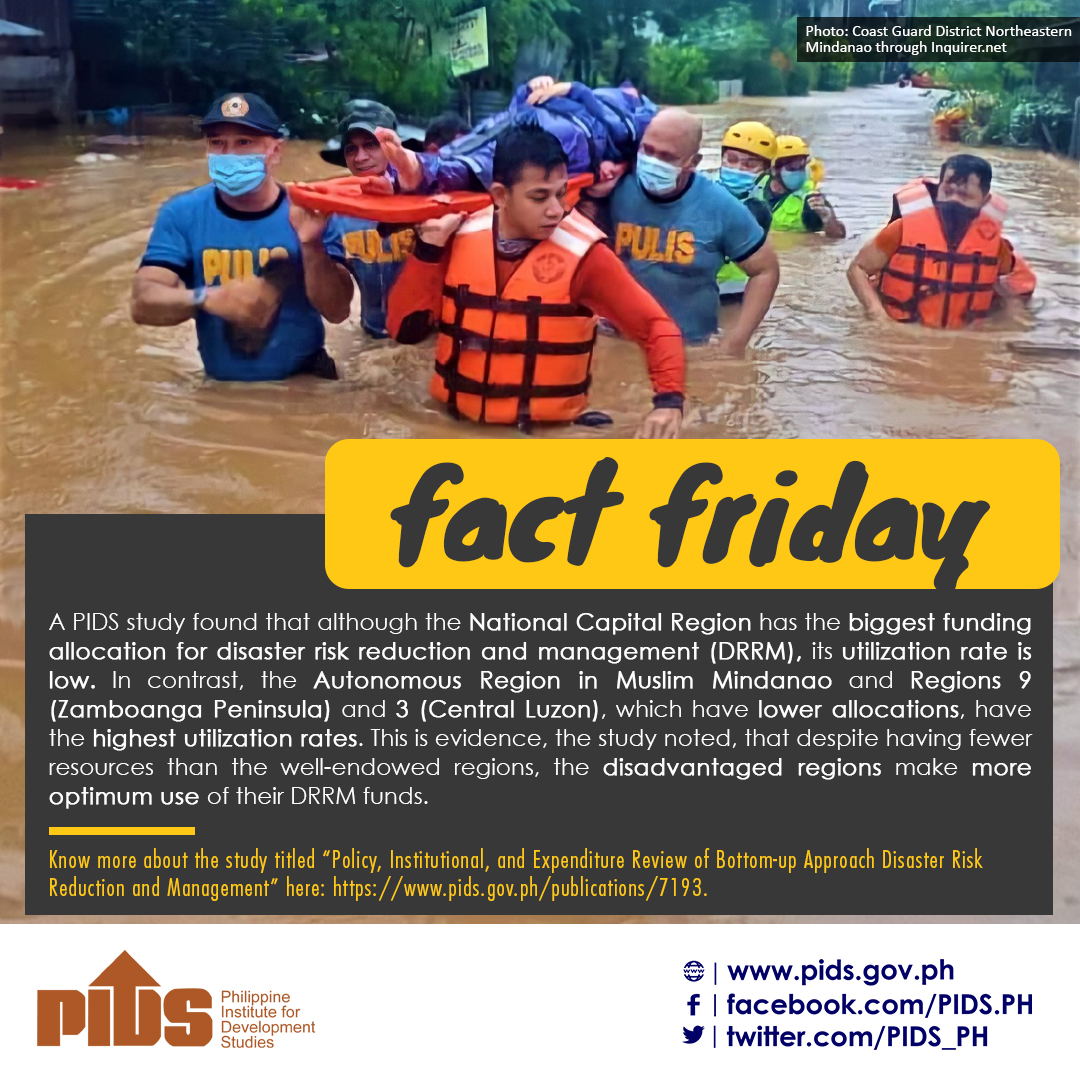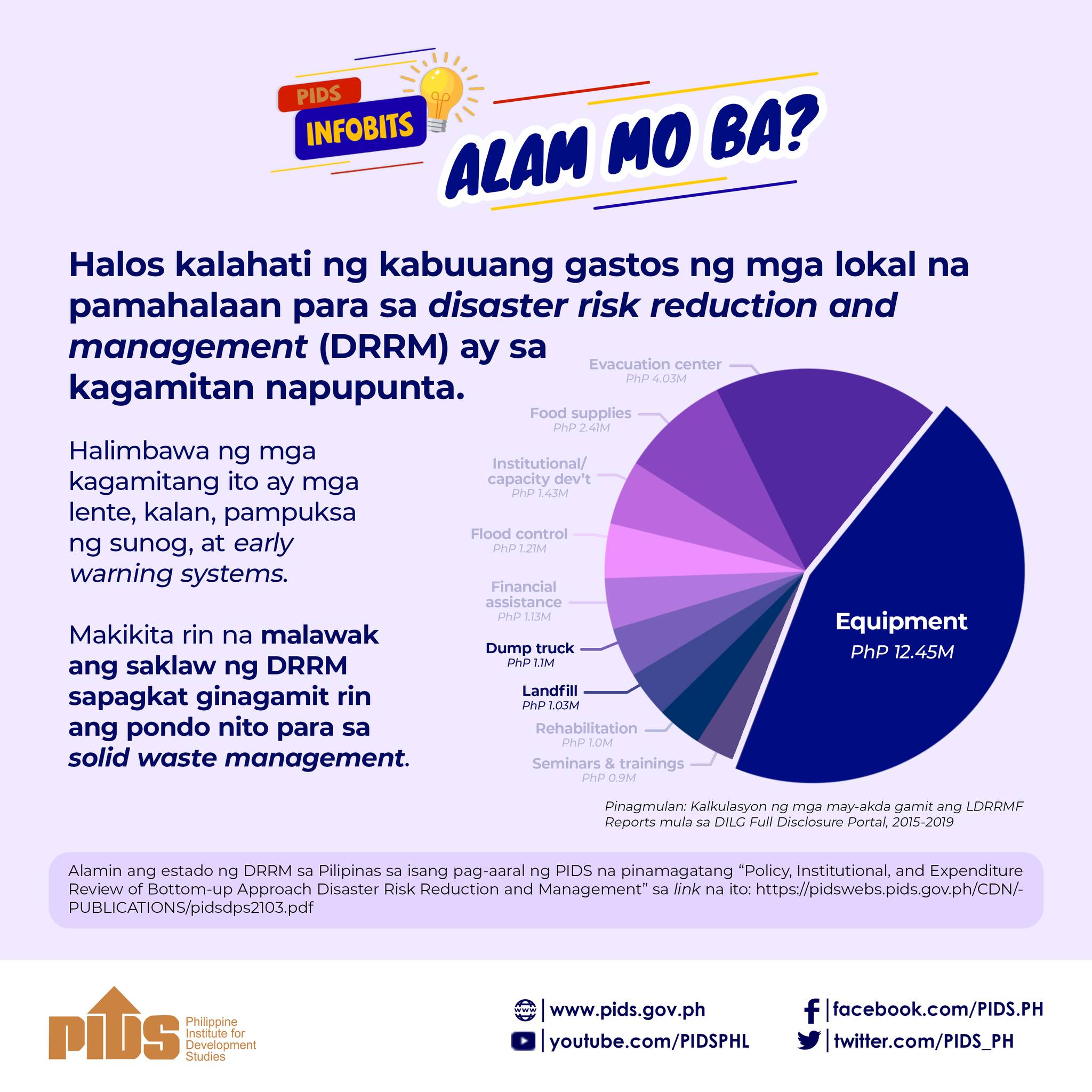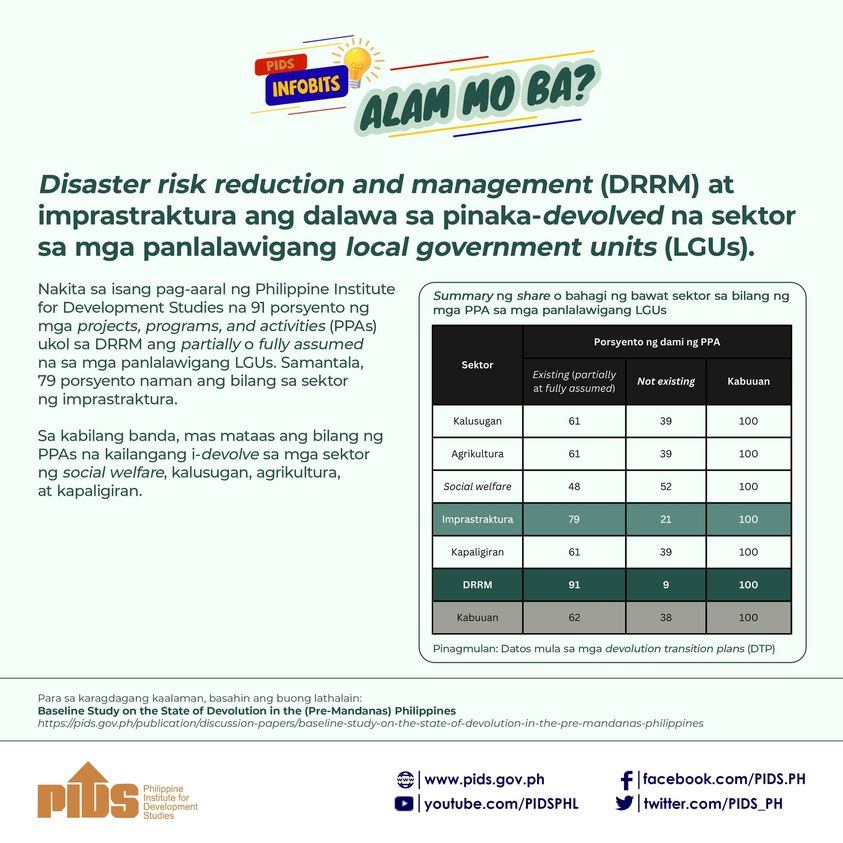There should be more community and stakeholder participation in the Philippines’ disaster risk reduction and management (DRRM) landscape.
This was emphasized by Sonny Domingo and Arvie Manejar, senior research fellow and research specialist at the Philippine Institute for Development Studies (PIDS), respectively, during a webinar organized by the Institute featuring their study titled “Policy, Institutional, and Expenditure Review of Bottom-up Approach Disaster Risk Reduction and Management”.
According to them, the country’s DRRM landscape is “still largely top-down”, with community participation through civil society representation observed to be limited. Domingo also noted that despite local and international policies urging for bottom-up participation, implementation processes for this approach “remain ambiguous or difficult”.
Moreover, they found that the barangay DRRM and development plans are not optimally used by cities and municipalities when crafting their development and land use plans.
“In many cases, inputs from barangays are not given the much-needed space in upper-level planning,” Domingo noted. He thus urged municipal and city governments to improve the inclusion of barangay DRRM plans in their development plans.
Their study also revealed the government’s “minimal investment in participatory-related programs, projects, and activities”.
Another key finding of the study is the suboptimal utilization of DRRM funds by local government units, regardless of their income class and region. Domingo and Manejar attributed this low utilization rate to unclear issuances and guidelines of oversight agencies and local administrations’ spending preferences.
In relation to LGUs’ DRRM fund utilization, the study observed the “weak reporting, accounting, tracking, and feedback on DRR resources”. It noted that while the Department of the Interior and Local Government’s Full Disclosure Policy Portal for LGUs “is a good platform for transparency and validation”, standards and quality checks for the inputs need to be in place.
Domingo said these issues emphasize the need to capacitate LGUs on DRR policy and fiscal management.
“We need to empower them in using what is available in terms of assets and resources instead of waiting for many years to capitalize on them,” he explained.
Moreover, the government should strengthen institutional avenues for more community and stakeholder participation by engaging micro, small, and medium enterprises and implementing more participatory programs and activities.
“Be very explicit in allocating resources for participatory-related initiatives,” Domingo said.
He also highlighted the need for a stronger monitoring and evaluation system for plans, programs, resources, and expenditures.
“We need to enhance reporting efforts and transparency platforms by compelling LGUs to come up with yearly reports on disaster-related initiatives and impacts of disasters on their communities,” he concluded.


